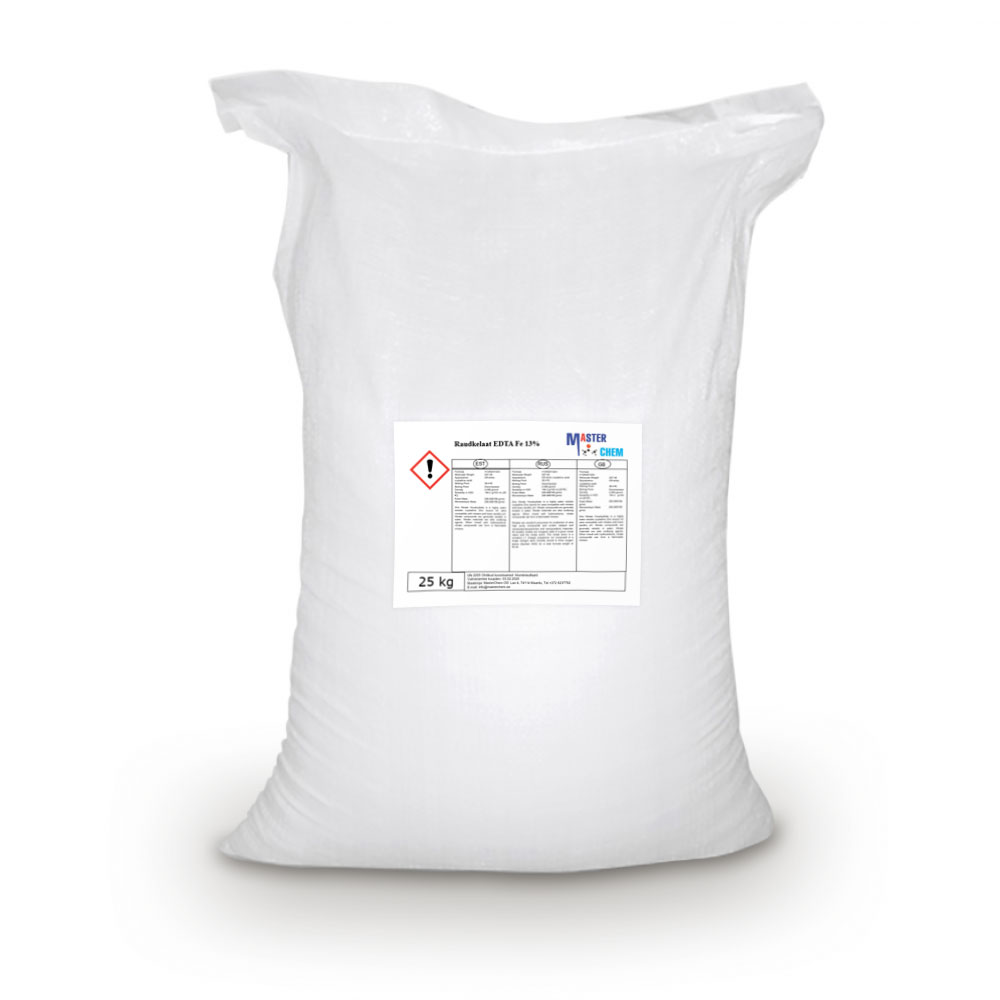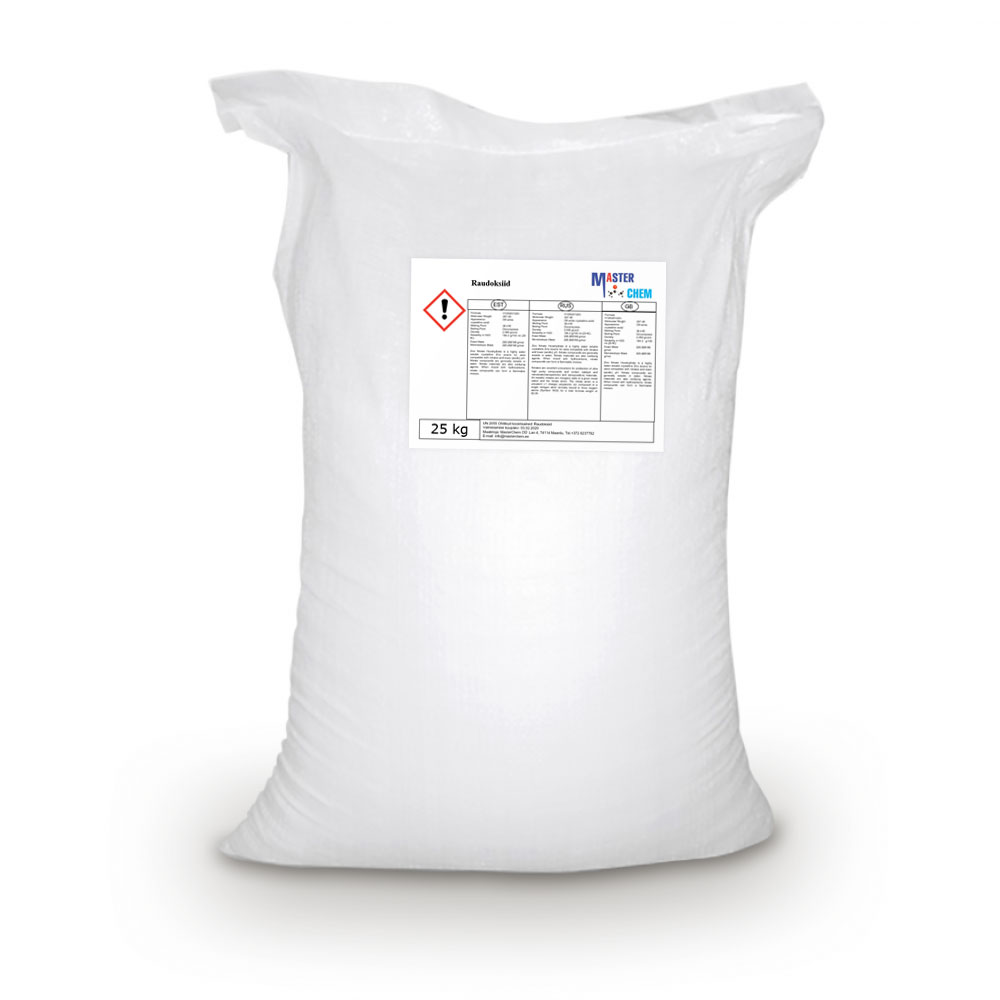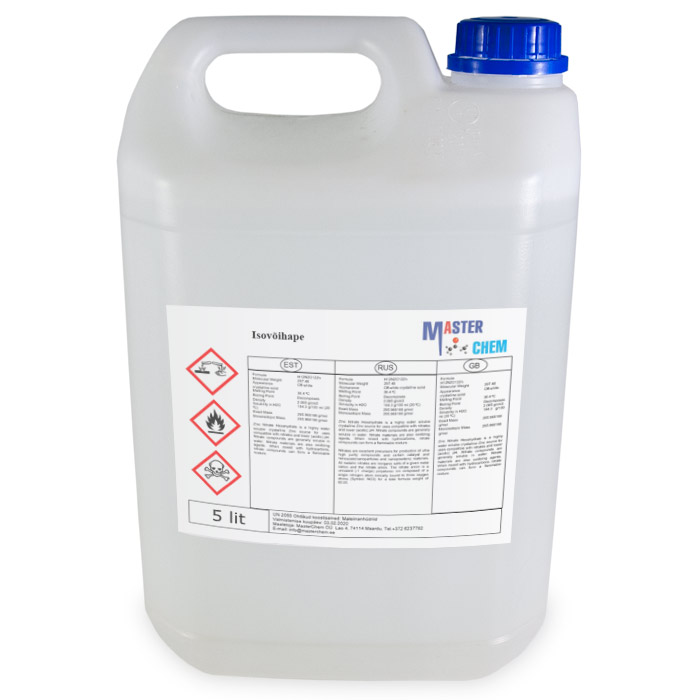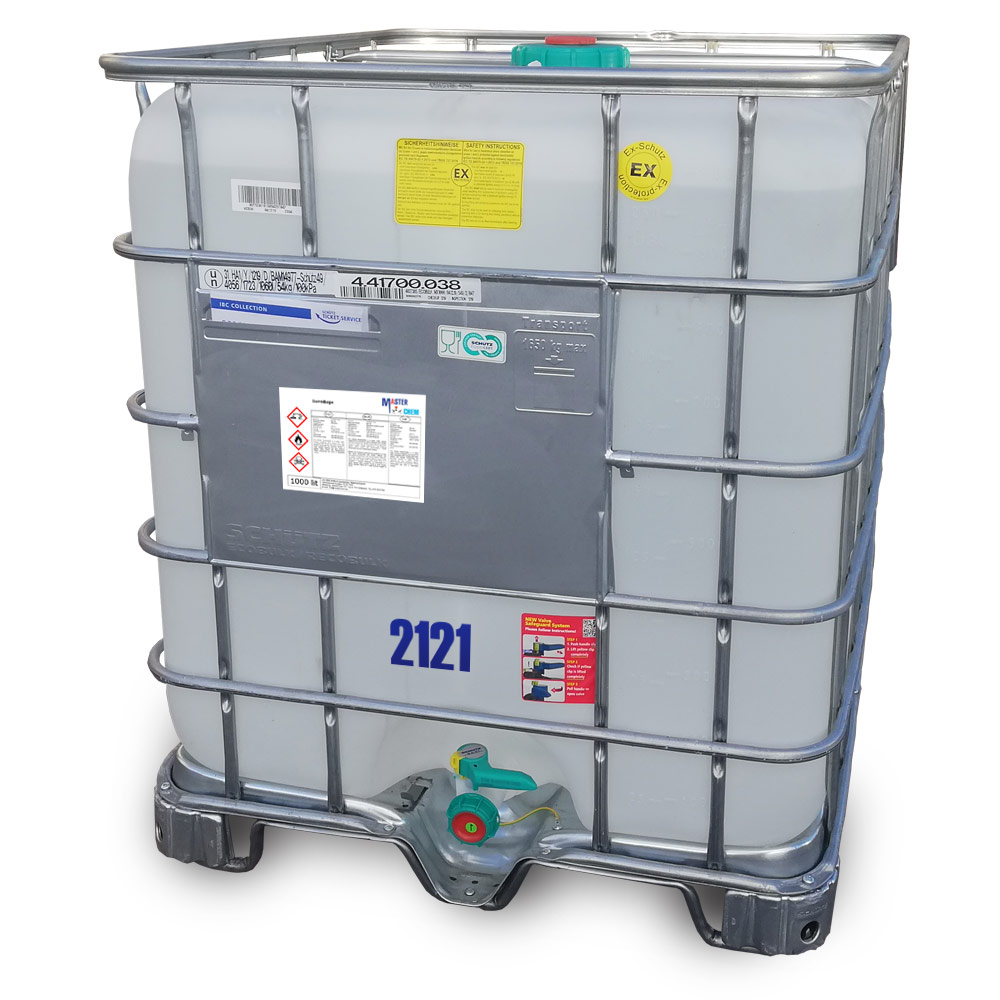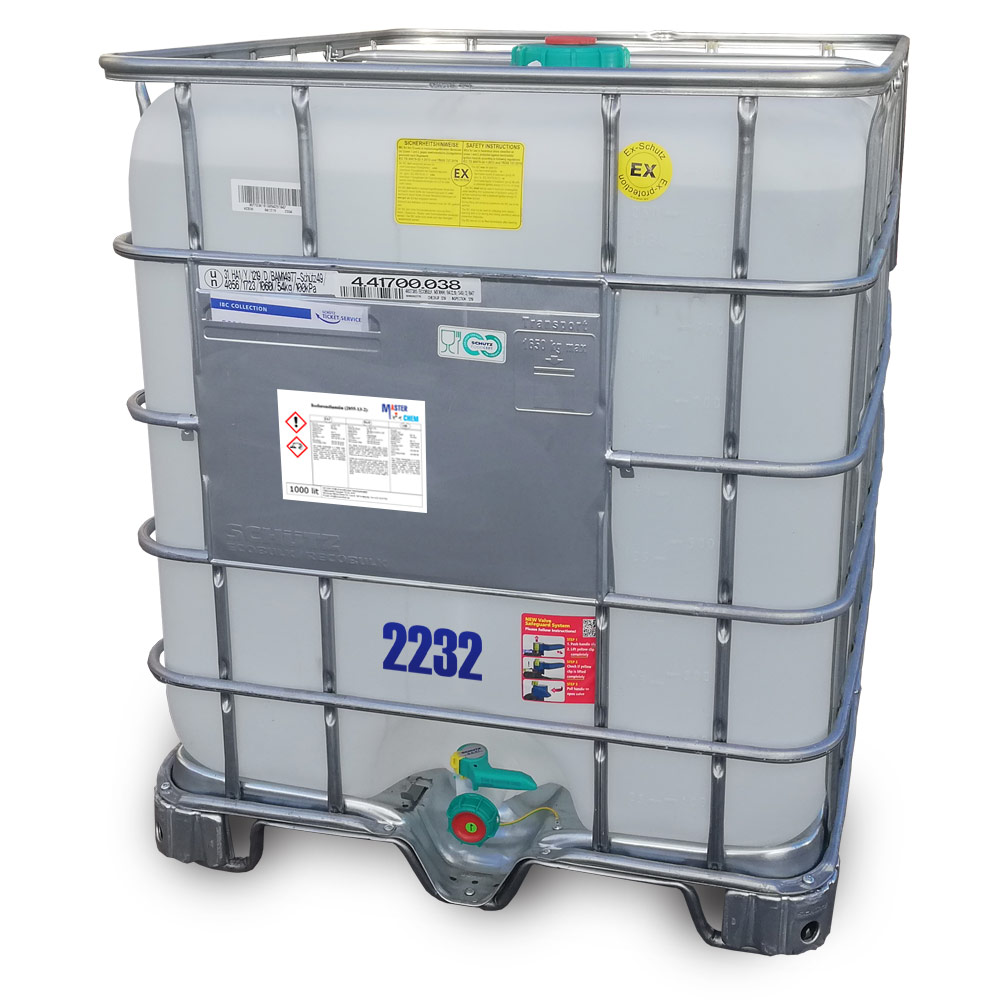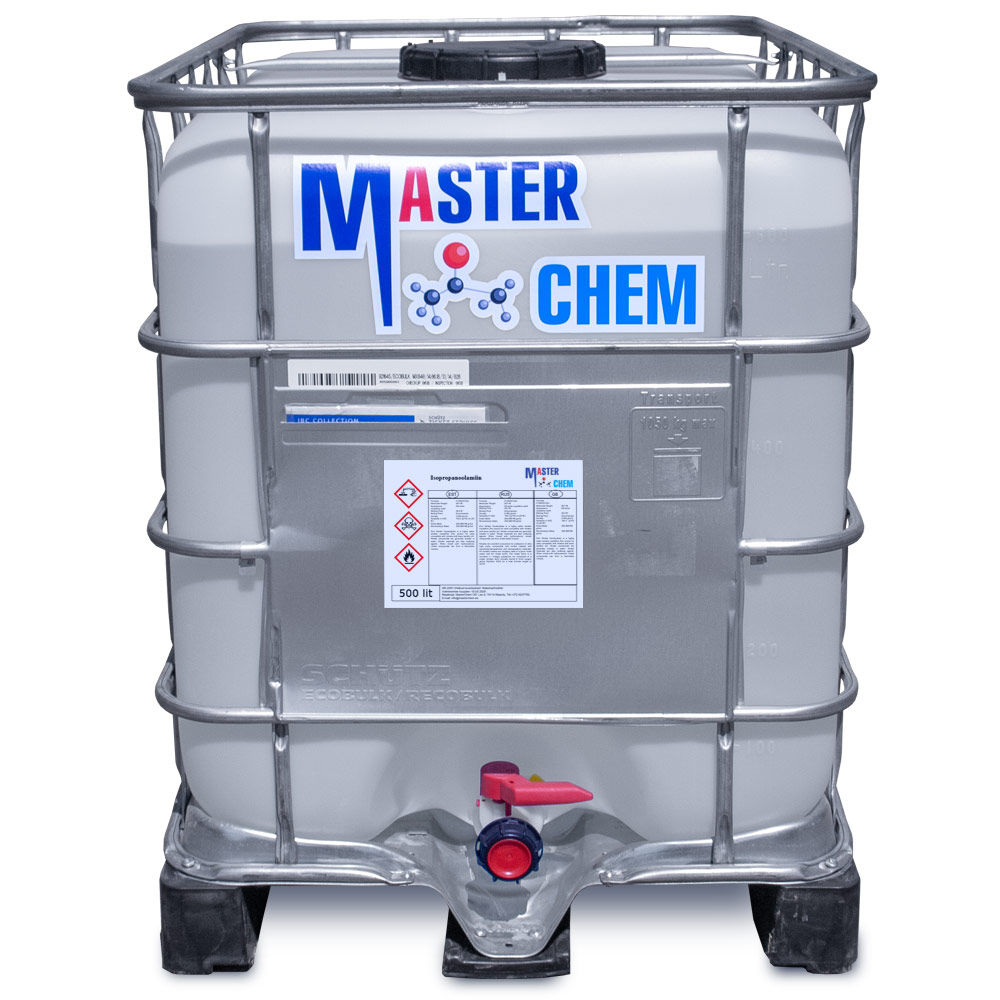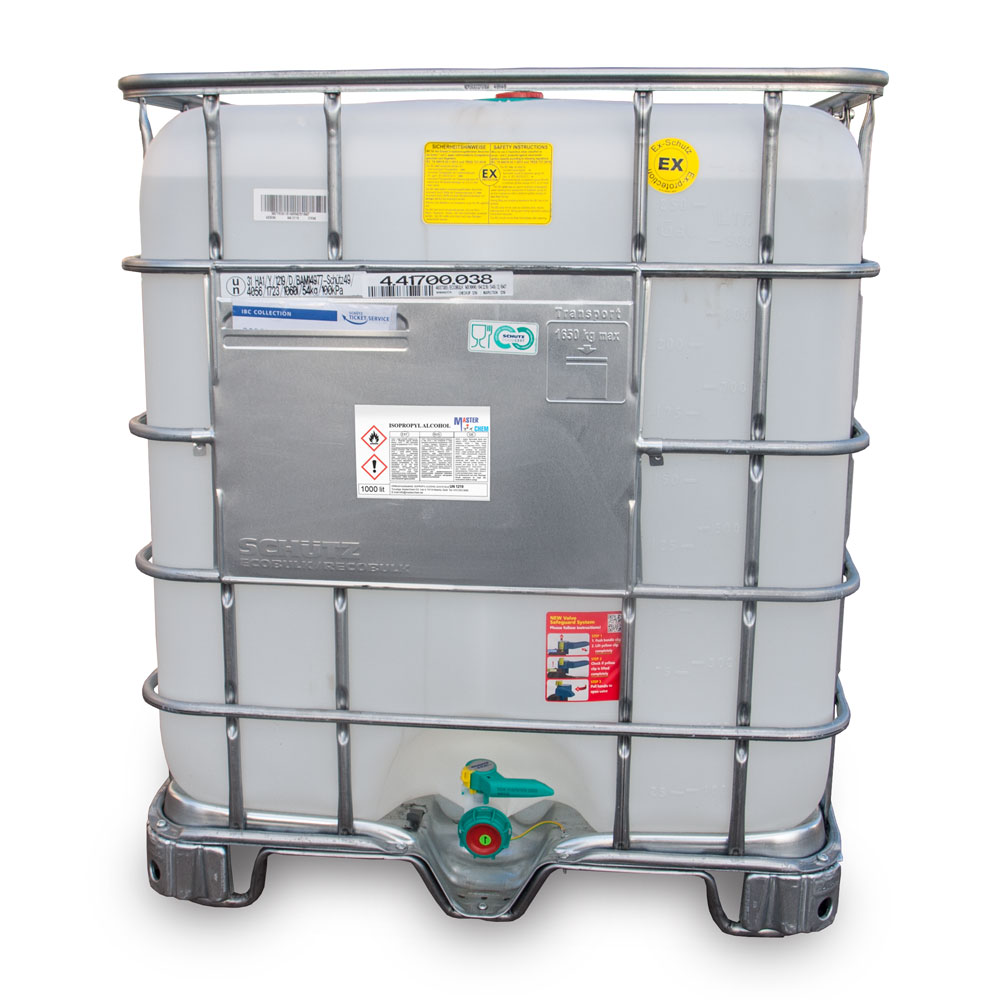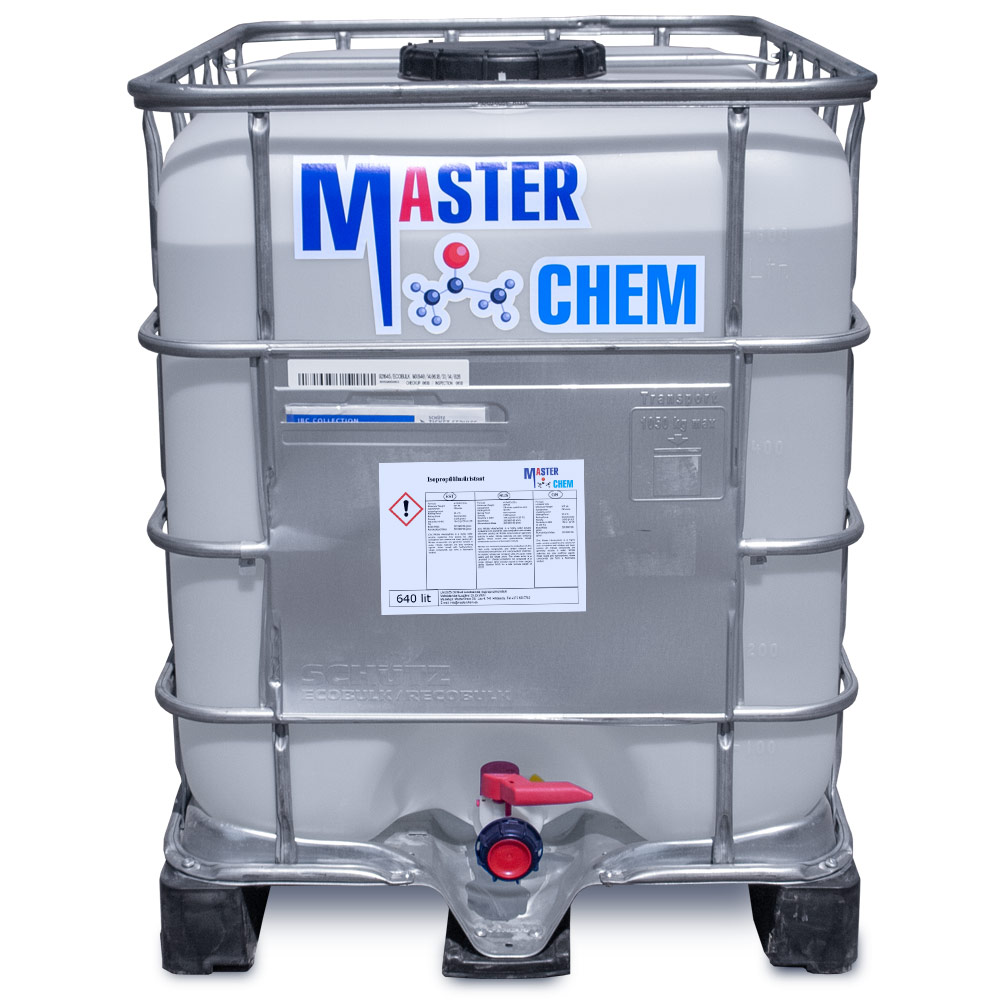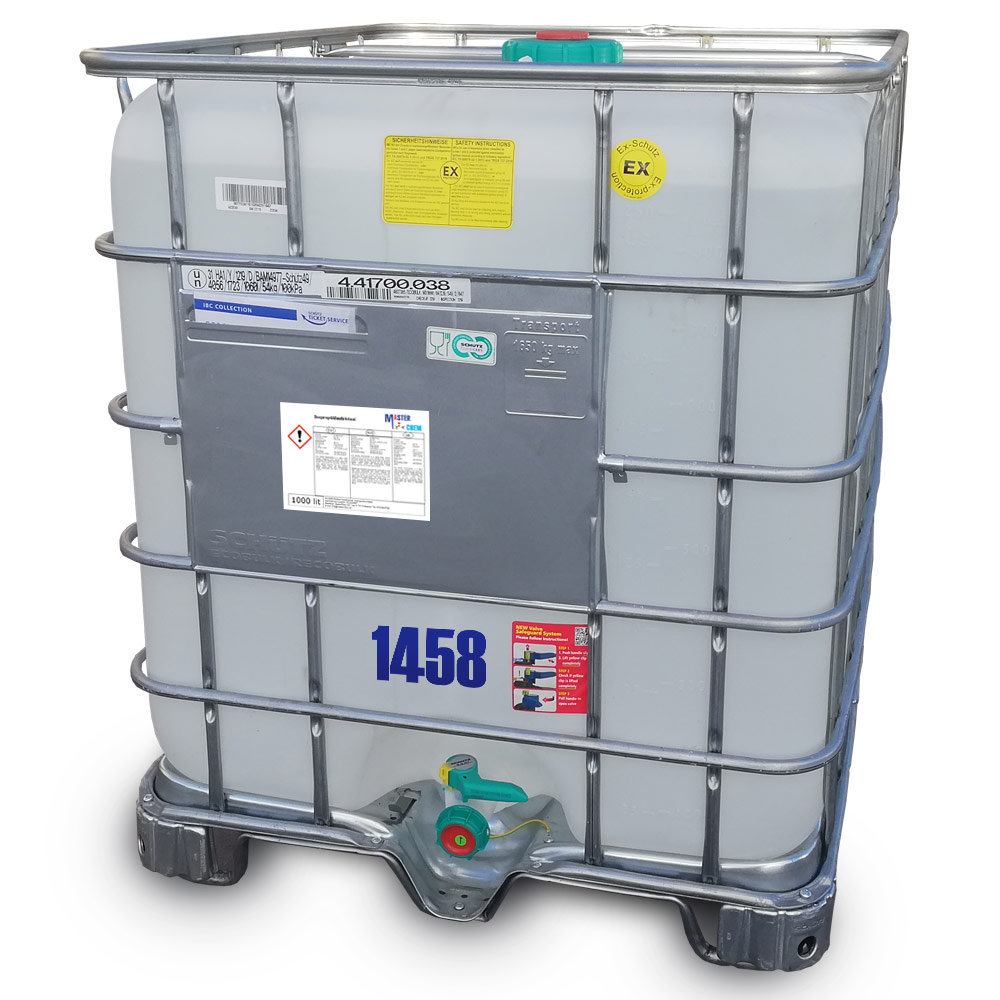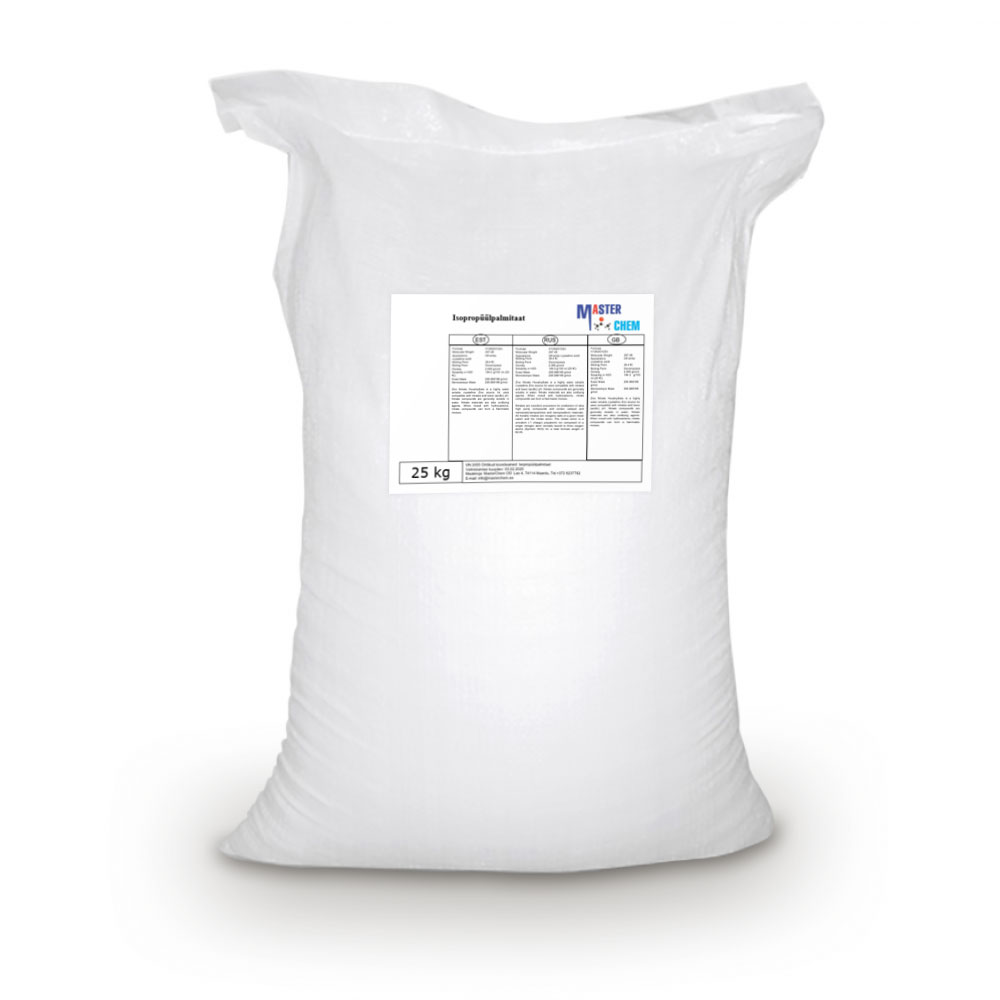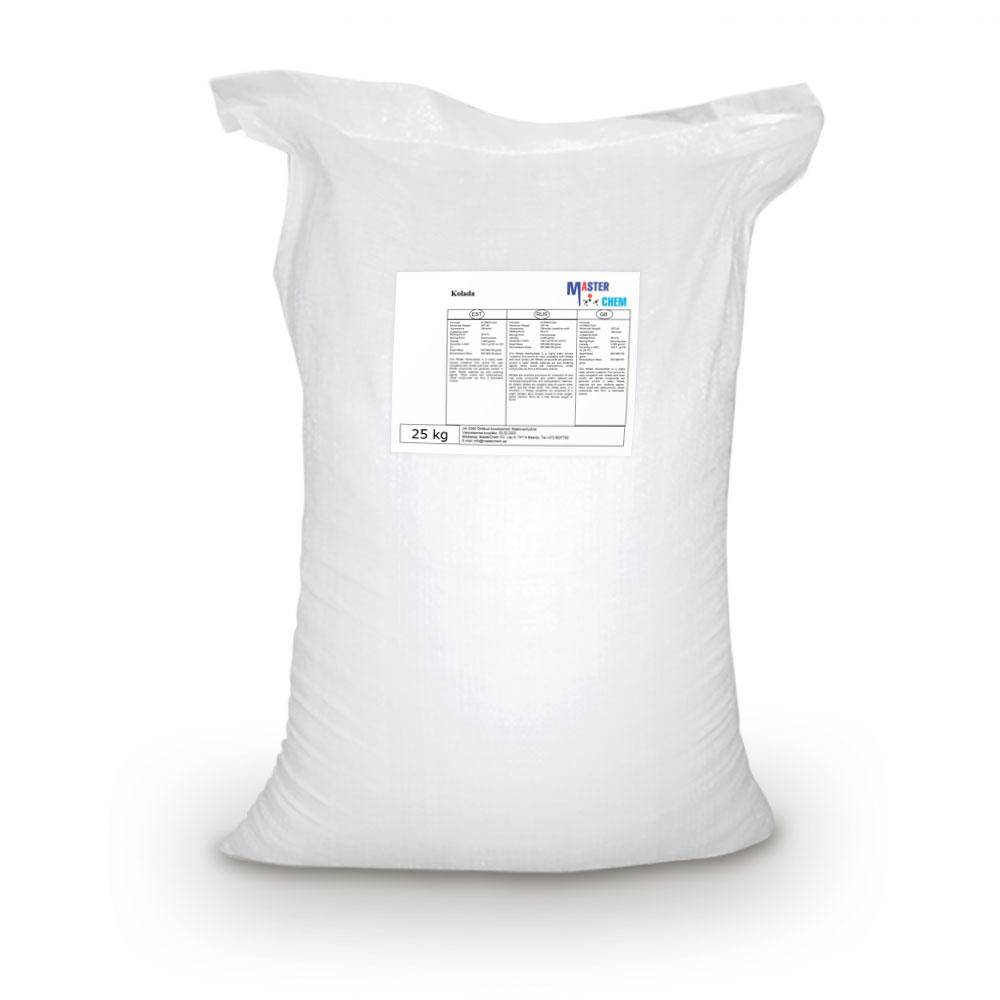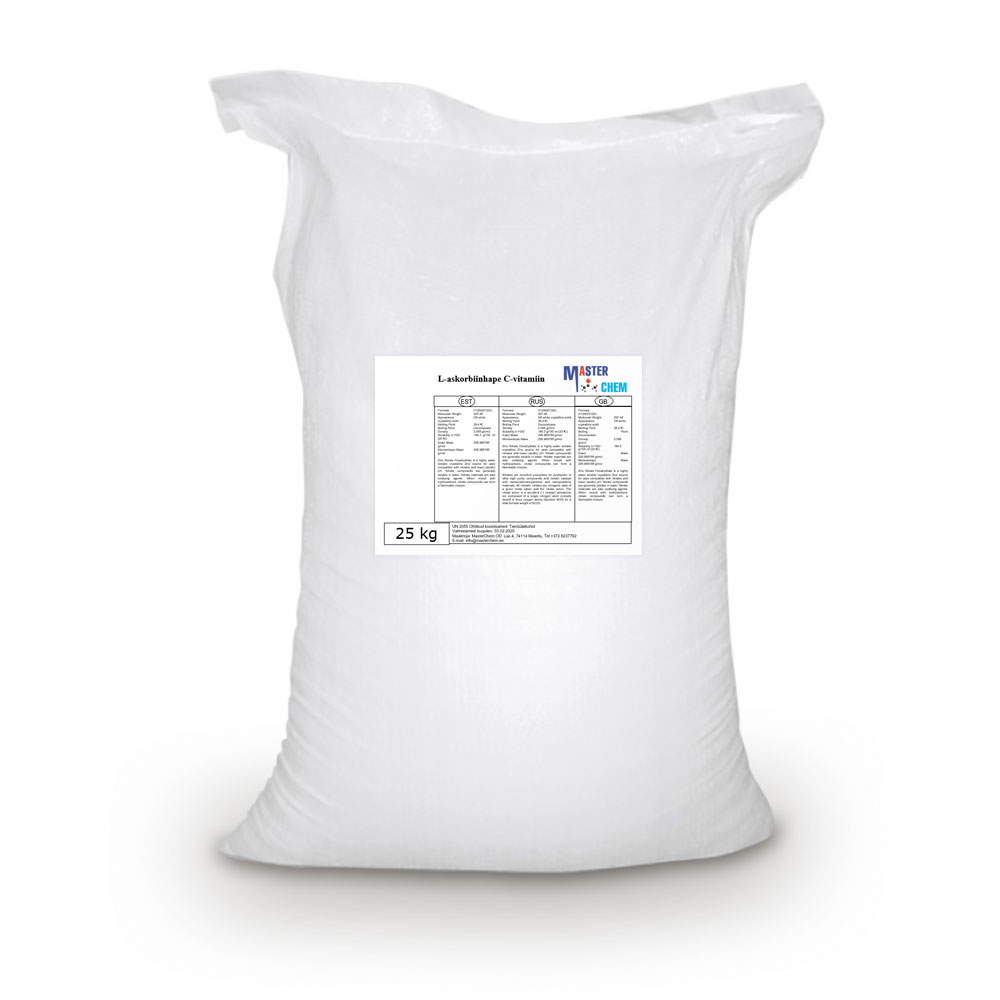Currently Empty: €0.00
Iron chelate EDTA Fe 13% (CAS 15708-41-5)
Iron chelate EDTA Fe 13% (CAS 15708-41-5)
Introduction: EDTA ferric sodium salt is the ferric sodium salt of EDTA (Ethylene Diamine Tetraacetic Acid). It is a broad-spectrum molluscicide that is capable of killing snails and slugs and protecting agricultural crops and garden plants. In particular, it can eliminate infestations of Cornu aspersum, the common garden snail. It takes effect through interacting with and destroying hemocyanin, a copper based compound existing in the blood of molluscs and anthropods that is engaged in carrying oxygen (play a similar role with hemoglobin invertebrates). It is capable of killing snails and slugs in a few days. It can also be used as a food fortifier and a source of iron to be supplemented to the foods for nutrition purposes.
Iron oxide (CAS 1309-37-1)
Iron oxide (CAS 1309-37-1)
Iron(III) oxide or ferric oxide is the inorganic compound with the formula Fe2O3. It is one of the three main oxides of iron, the other two being iron(II) oxide (FeO), which is rare; and iron(II,III) oxide (Fe3O4), which also occurs naturally as the mineral magnetite. As the mineral known as hematite, Fe2O3 is the main source of iron for the steel industry. Fe2O3 is readily attacked by acids. Iron(III) oxide is often called rust, and to some extent this label is useful, because rust shares several properties and has a similar composition; however, in chemistry, rust is considered an ill-defined material, described as Hydrous ferric oxide.
Isobutyl acetate (CAS 110-19-0)
Isobutyl acetate (CAS 110-19-0)
The chemical compound isobutyl acetate, also known as 2-methylpropyl ethanoate (IUPAC name) or β-methylpropyl acetate, is a common solvent. It is produced from the esterification of isobutanol with acetic acid. It is used as a solvent for lacquer and nitrocellulose. Like many esters it has a fruity or floral smell at low concentrations and occurs naturally in raspberries, pears and other plants. At higher concentrations the odor can be unpleasant and may cause symptoms of central nervous system depression such as nausea, dizziness and headache.
Isobutyric Acid (CAS 79-31-2)
Isobutyric Acid (CAS 79-31-2)
Isobutyric acid, also known as 2-methylpropanoic acid or isobutanoic acid, is a carboxylic acid with structural formula (CH3)2CHCOOH. It is an isomer of n-butyric acid. It is classified as a short-chain fatty acid. Deprotonation or esterification gives derivatives called isobutyrates.
Isobutyric acid is a colorless liquid with a somewhat unpleasant odor. It is soluble in water and organic solvents. It is found naturally in carobs (Ceratonia siliqua), in vanilla, and in the root of Arnica dulcis, and as an ethyl ester in croton oil.
Production
Isobutyric acid is manufactured by the oxidation of isobutyraldehyde, which is a byproduct of the hydroformylation of propylene.
It can also be prepared by the high pressure hydrocarboxylation (Koch reaction) from propylene: CH3CH=CH2 + CO + H2O → (CH3)2CHCO2H
Isophorone diamine (2855-13-2)
Isophorone diamine (usually shortened to IPDA) is a chemical compound and specifically a diamine with the formula (CH3)3C6H7(NH2)(CH2NH2). It is a colorless liquid. It is a precursor to polymers and coatings.
Isopropanolamine (CAS 75-31-0)
Isopropanolamine (CAS 75-31-0)
1-Aminopropan-2-ol is the organic compound with the formula CH3CH(OH)CH2NH2. It is an amino alcohol. The term isopropanolamine may also refer more generally to the additional homologs diisopropanolamine (DIPA) and triisopropanolamine (TIPA).
1-Aminopropan-2-ol is chiral. It can be prepared by the addition of aqueous ammonia to propylene oxide.
The isopropanolamines are used as buffers. They are good solubilizers of oil and fat, so they are used to neutralize fatty acids and sulfonic acid-based surfactants. Racemic 1-aminopropan-2-ol is typically used in metalworking fluid, waterborne coatings, personal care products, and in the production of titanium dioxide and polyurethanes. It is an intermediate in the synthesis of a variety of pharmaceutical drugs
Isopropyl myristate (CAS 110-27-0)
Isopropyl myristate (CAS 110-27-0)
Isopropyl myristate (IPM) is the ester of isopropyl alcohol and myristic acid.
Isopropyl myristate is a moisturizer with polar characteristics used in cosmetics and topical medical preparations to ameliorate the skin absorption. Isopropyl myristate has been largely studied and impulsed as a skin penetration enhancer. At the moment the primary usage for which isopropyl myristate is formally indicated is as the active ingredient in a non-prescription pediculicide rinse.
Isopropyl palmitate (CAS 142-91-6)
Isopropyl palmitate (CAS 142-91-6)
Isopropyl palmitate is a fatty acid ester obtained by the formal condensation of carboxy group of palmitic acid with propan-2-ol. Metabolite observed in cancer metabolism. It has a role as a human metabolite. It is a fatty acid ester and an isopropyl ester. It derives from a hexadecanoic acid. The chemical formula is CH3(CH2)14COOCH(CH3)2.
Kolada (CAS 39711-79-0)
Kolada (CAS 39711-79-0)
The traditional coolants like menthol, peppermint oil and eucalyptus oil have the advantages of fast eruption and strong stimulation of cool feeling. But meanwhile they have the disadvantages of very strong characteristic smell, which is easy to volatilize at high temperature and contains bitter taste at high dosages.
Application
1. Daily use products: Toothpaste, oral products, Air Freshener, skin cream, shaving cream, shampoo, sunscreen, shower cream.
2. Foods: Confectionery products, chocolate, dairy produce, beer, distilled spirit, beverage, Chewing Gum.
3. Medicines: Linctus, diminish inflammation ointment, dyspepsia, antipruritic, liniment, oral cavity acesodyne, heatstroke pill.
L-Ascorbic Acid (CAS 50-81-7)
L-Ascorbic Acid (CAS 50-81-7)
Vitamin C (also known as ascorbic acid and ascorbate) is a vitamin found in various foods and sold as a dietary supplement. It is used to prevent and treat scurvy. Vitamin C is an essential nutrient involved in the repair of tissue, the formation of collagen, and the enzymatic production of certain neurotransmitters. It is required for the functioning of several enzymes and is important for immune system function. It also functions as an antioxidant. Most animals are able to synthesize their own vitamin C, although apes (including humans) and monkeys (but not all primates), most bats, some rodents, and certain other animals must acquire it from dietary sources.
L-Asparaginic Acid (CAS 56-84-8)
L-Asparaginic Acid (CAS 56-84-8)
Aspartic acid (symbol Asp or D; the ionic form is known as aspartate), is an α-amino acid that is used in the biosynthesis of proteins. Like all other amino acids, it contains an amino group and a carboxylic acid. Its α-amino group is in the protonated –NH+
3 form under physiological conditions, while its α-carboxylic acid group is deprotonated −COO− under physiological conditions. Aspartic acid has an acidic side chain (CH2COOH) which reacts with other amino acids, enzymes and proteins in the body. Under physiological conditions (pH 7.4) in proteins the side chain usually occurs as the negatively charged aspartate form, −COO−. It is a non-essential amino acid in humans, meaning the body can synthesize it as needed. It is encoded by the codons GAT and GAC. In mRNA, CUA and CUG.

